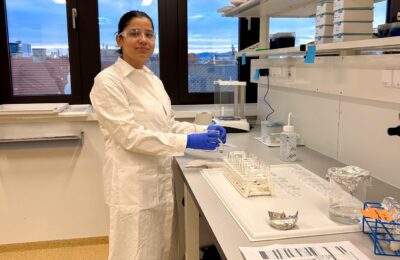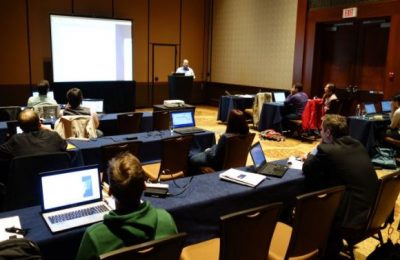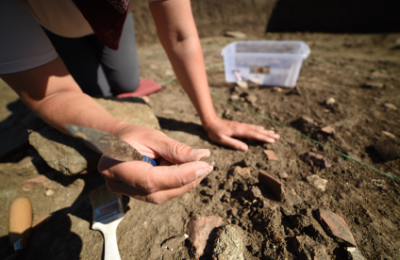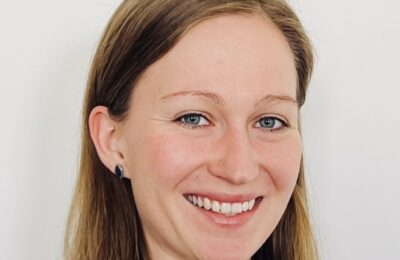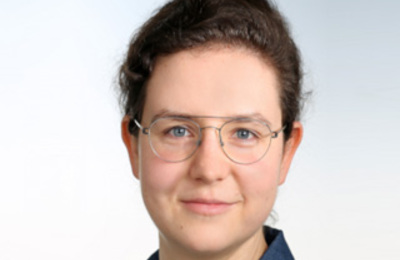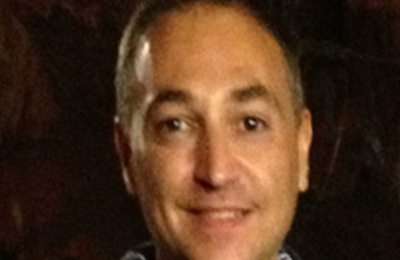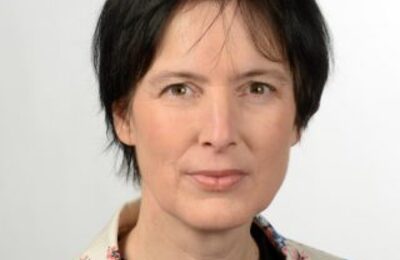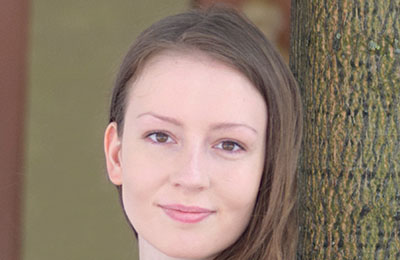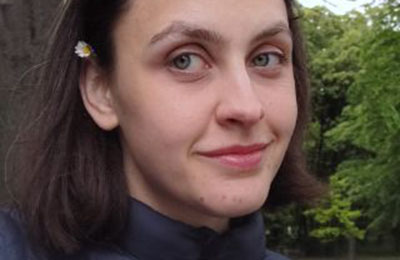HEAS WELCOMES OUR FIRST JUNIOR INTERN DR BHAVNA AHLAWAT
Bhavna Ahlawat is our first Junior Intern and is visiting HEAS currently working on exciting new research concerned with biomolecules from ancient Indian sites. I am a molecular biologist specializing in ancient DNA and population genetics, focusing on different archaeological sites in India. During my doctoral research at Panjab University and BSIP, India, I honed my skills in ancient DNA protocols while working in India's first dedicated aDNA facility, which specializes in analyzing degraded DNA from tropical samples. My expertise in diverse extraction and library preparation protocols was significant in generating high-quality data from critical human skeletal remains, including samples from the Vadnagar archaeological complex and the Indus Valley Civilization site at Lothal (∼2200 BCE). Currently, as a research intern with HEAS at the University of Vienna, I am exploring the application of Zooarchaeology by Mass Spectrometry (ZooMS) on a variety of bone remains of different species from South Asia—an under-researched region in this context. My work focuses on: 1. Species Identification: Utilizing peptide mass fingerprinting through MALDI-ToF-MS for South Asian samples. 2. Degraded Collagen Analysis: Investigating the potential of ZooMS for analyzing fragile and degraded bone collagen from this region. Through this research, I aim to bridge gaps in South Asian archaeogenetics and develop methodologies for studying ancient remains in challenging environments and understand the hman animal interaction. I…
